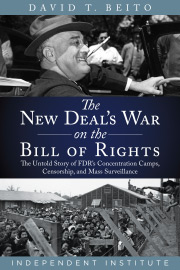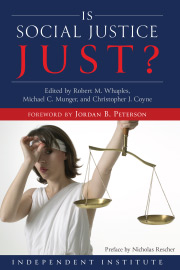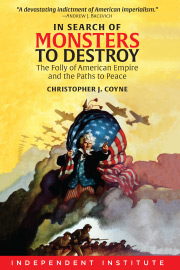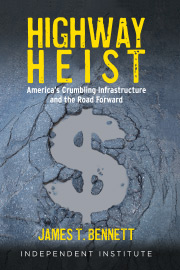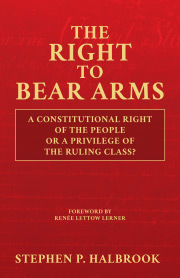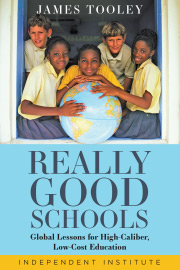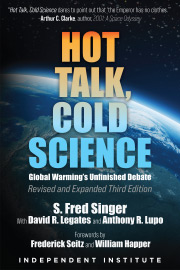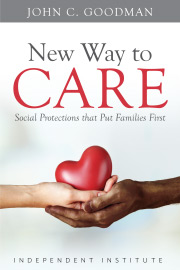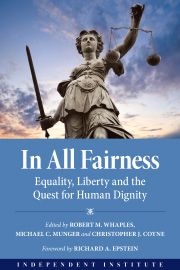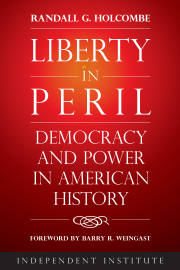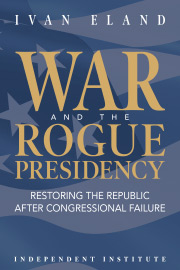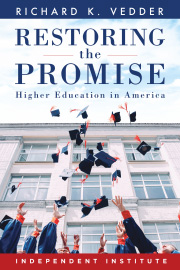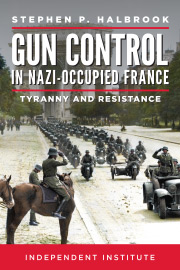Why Aim for 2% Inflation?
The Federal Reserve has set a 2% target for inflation, which, if hit, would result in prices doubling in about 36 years. Is this the “best” inflation rate in some sense?
In fact, prices have nearly tripled in the past 36 years. The CPI has risen from 112.7 to 303.4 since 1987. Based on the consistent overshooting of the Fed’s target alone, one might argue for a target rate of 0%, making it more likely that the actual inflation rate would come in around 2%.
The standard argument for a positive rate of inflation is that wages tend to be inflexible downward. People get pay raises, but if businesses believe they are paying workers more than the value of their labor, they will lay off workers rather than give them pay cuts. A 2% rate of inflation implies a 2% cut in real wages (purchasing power), which allows wages to adjust downward without explicit pay cuts, reducing unemployment.
That 2% seems arbitrary. Labor productivity tends to rise more than 2% in a typical year, and economics teaches that workers get paid for their marginal product. So, wages should be growing year after year, and a zero pay raise would not keep up with productivity increases. In that sense, productivity increases build in wage flexibility (although more inflation might bring more flexibility).
Prices offer buyers and sellers information about the value of goods and services, and to maximize that value, prices should change in proportion to the cost of producing those goods and services. If productivity increases by 2% a year, then prices should fall by 2% a year to reflect the lower cost of obtaining those goods and services.
With inflation, prices lose some of their informational content because to see the true cost of something requires adjusting its price by the rate of inflation. Because individual prices tend to change intermittently, this calculation becomes more difficult as inflation rises. If the price of something is up 5% this month, is that a real price increase, or is that price just catching up with inflation?
By this logic, the target rate of inflation should be negative.
The argument against negative inflation, aside from the one given above, is that if prices continually fall, people will put off buying goods with the hope of getting them at lower prices later. But people won’t put off buying goods forever. If we look at the computer industry, which has had prices falling for decades, that industry has not seemed to suffer from falling prices.
Furthermore, prices fell substantially in the United States from 1870 until 1913, when the Federal Reserve was created. That was a period of solid economic growth. Deflation did not appear to hurt the economy.
Looking at the economics behind it, I can see a good argument for targeting 2% deflation rather than 2% inflation. But there may be little reason to debate the Fed’s 2% inflation target because they seem unable to hit it. The inflation target just provides an indicator, designed by those at the Fed itself, of the poor job they are doing.
